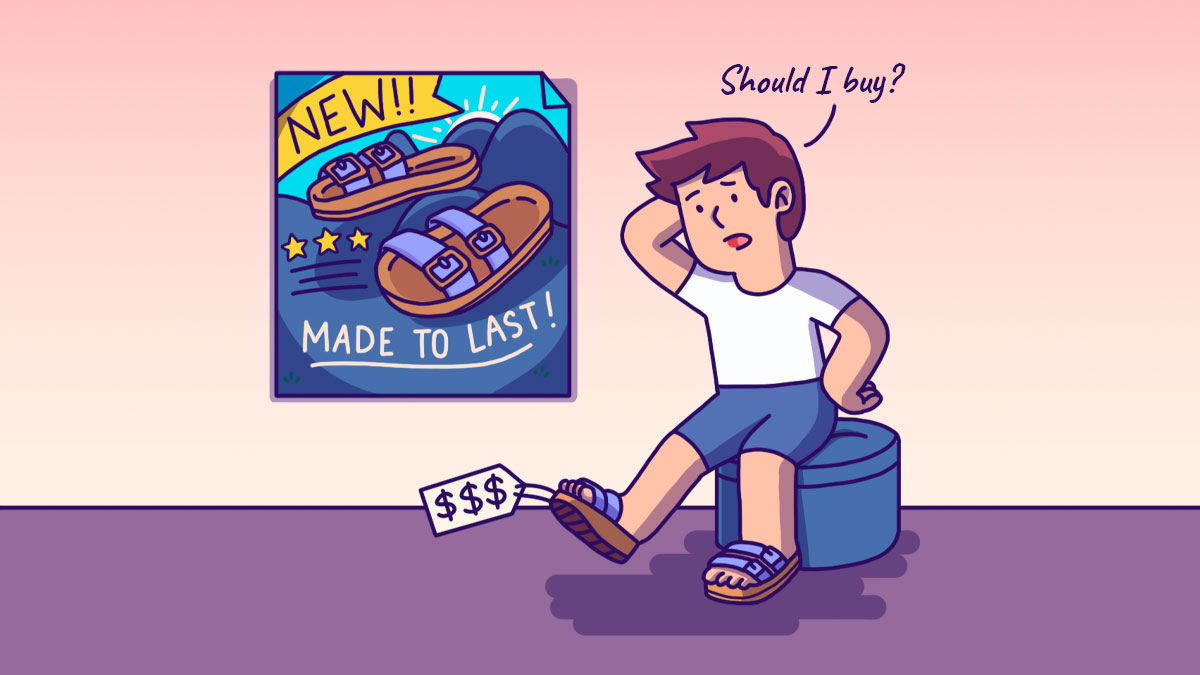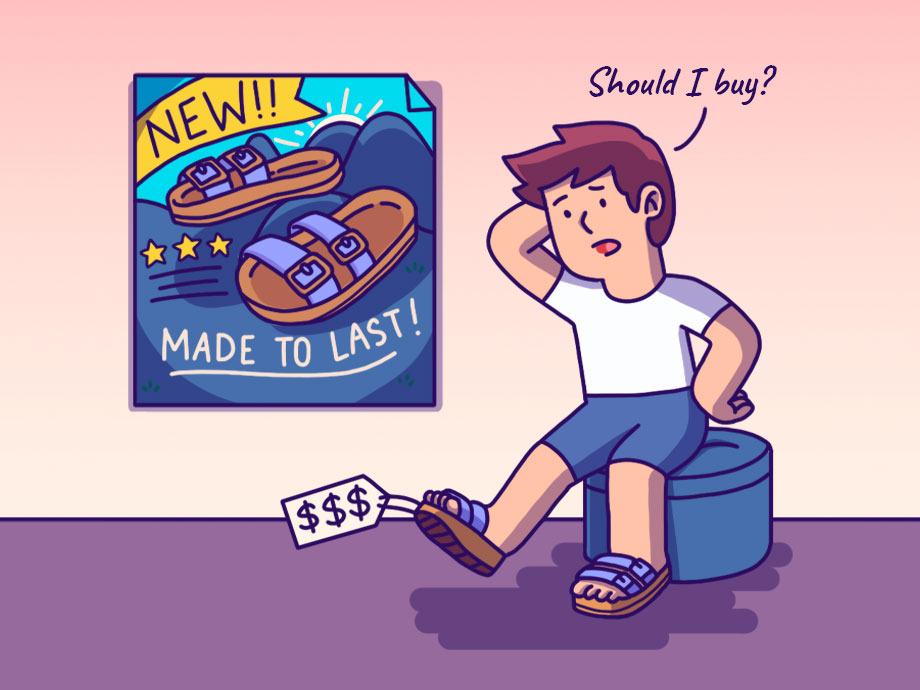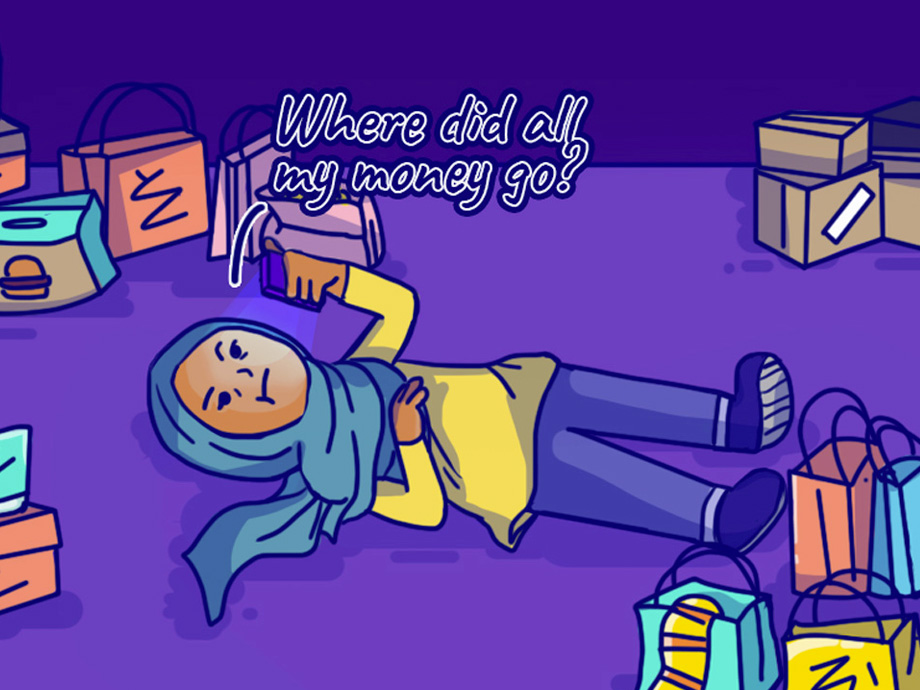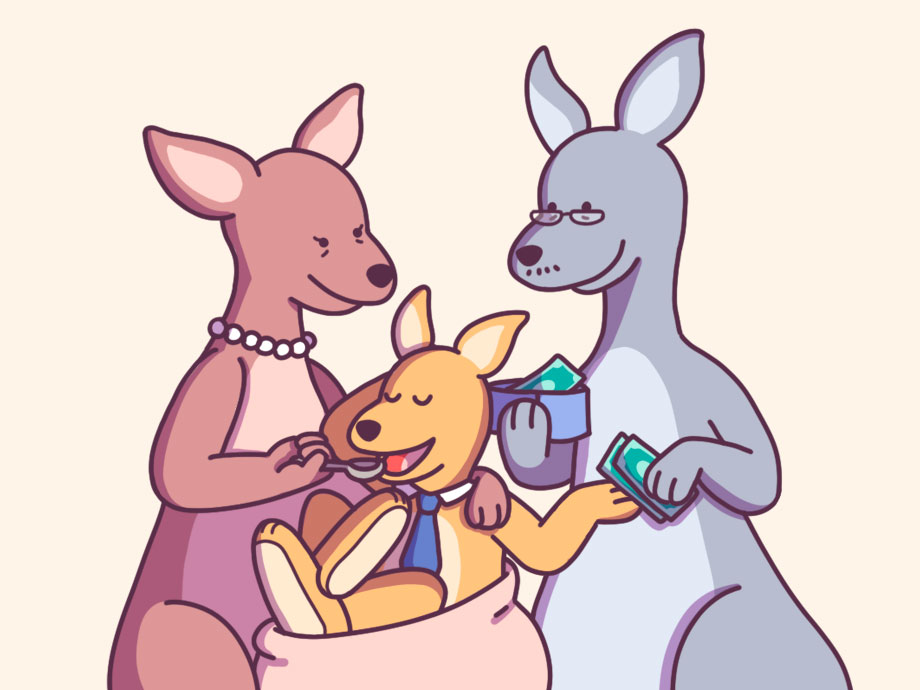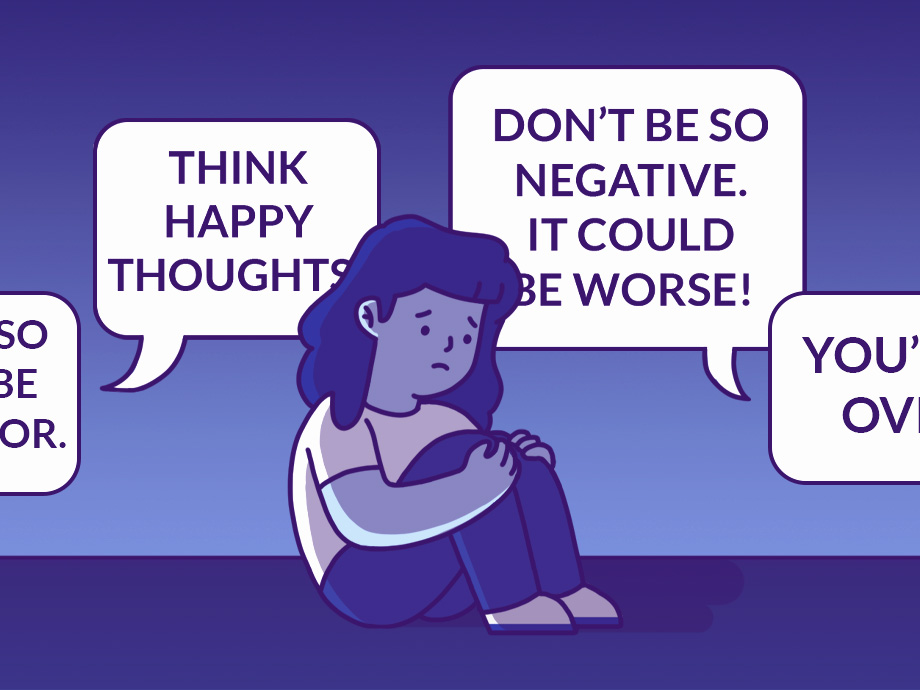Life | Personal Finance | Personal Stories | Article
I Put Sunblock On My Cat Every Day: How Much Does It Cost to Own A Fur-Baby in Malaysia?
by Ooi May Sim | 14 Apr 2022
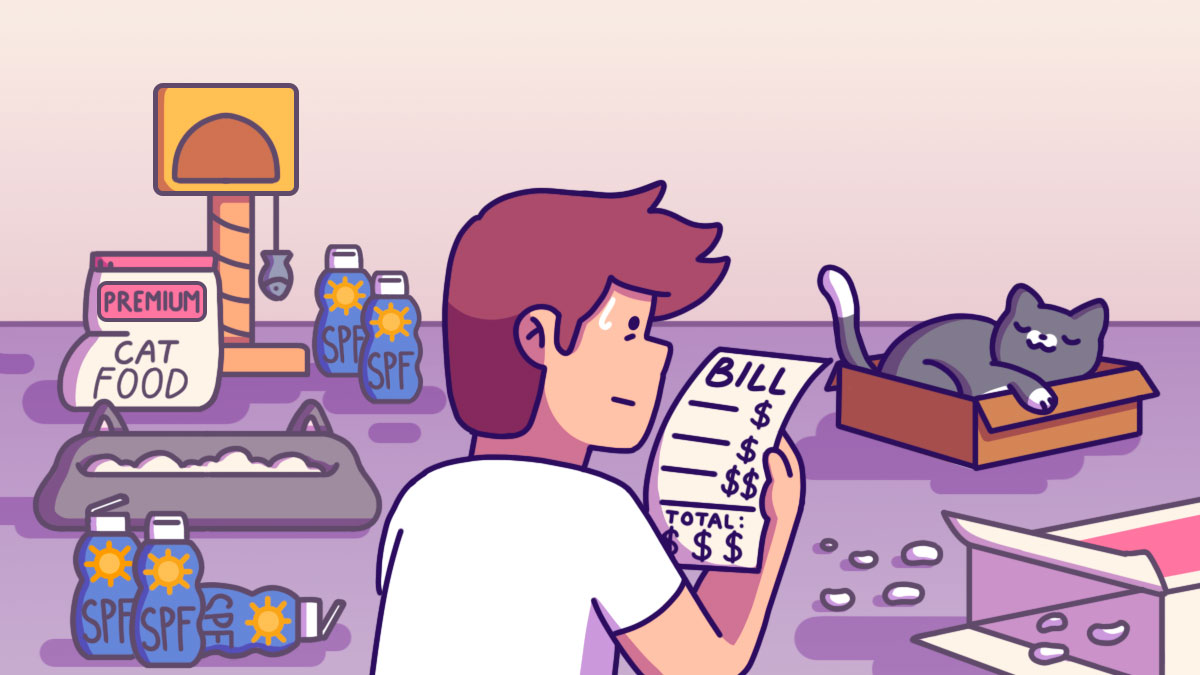
Since the pandemic started in 2020, many people have turned to pets for companionship. Studies have shown that having a pet, especially dogs and cats, can reduce stress, anxiety and depression. They can also reduce loneliness and encourage exercise, which leads to better health.
Well, with their cute faces and silly antics, these furry buddies have a tendency to brighten the dullest of days. But while there are many benefits to having a pet, owning one comes with a lot of financial commitments that may put a dent in your savings if it is not planned and managed well.
And we are not talking about the purchase price. While the cost of buying a dog or a cat may set you back by hundreds and even thousands of ringgit (according to the breed), this upfront payment usually isn’t an issue as the price is known from the beginning, and thus, it is planned for.
What new pet owners are usually caught off-guard by are the recurring expenses and daily costs of owning and caring for a pet.
So, before you head to the nearest pet shop or shelter, it is important to be prepared for the long-term costs of owning a dog and a cat (because this article would be way too long if we were to include all the pets in Malaysia).
The cost of pet ownership
Here are the essential things that you’ll need to cover:
Documentation
1. Dog licence
Dogs owners must obtain a licence from the local city council that costs between RM10 to RM30 per year. Dog licences must be renewed annually.
2. Pet ID, also known as a Pet Passport
Although this is not a requirement, dog and cat owners can get a Malaysian Animal Identification Card for their pets. This travel ID makes it easier for customs officers at national borders to review health and immunisation records of your pet when you bring them along on your travels.
The Pet ID itself costs RM7 but you may want to consider the Department of Veterinary Services’ package where for RM45 you get the ID, microchip insertion for your pet (which helps identify your pet in case they get lost), a physical examination, and a picture of your furry loved one.
3. Microchip
The American Humane Association estimates that one in three pets will become lost at some point during their life. To aid in identification, pet owners can insert tiny microchips, which is the size of grain of rice, into their pet’s skin. This is done by a veterinarian and costs between RM35 to RM100.
Microchips work by storing an identification number. When your pet is found, a veterinarian can retrieve this number via scan, then use that number to track the company that inserted the microchip, and eventually find the owner. Do note that it doesn’t have GPS tracking abilities.
Related
Recurring costs
1. Food and snacks
Pets are spoilt for choice these days, with a multitude of different foods to choose from. The price of food and snacks ranges depending on the type and brand of pet food, and the size and age of your pet.
For example, a 15kg bag of dry dog food, on average, cost between RM60 to RM200 and can feed a medium-sized dog for a month. For cats, a 1.5kg bag of dry cat food goes for RM20 to RM170 and can feed it for a month.
Of course, buying wet food and snacks increases the total in this category.
2. Cat litter
The good news is that there are different types of litter available such as clay, paper, wood/pine, silica-based gel crystals, and soya. Pet owners can also opt between clumping or non-clumping, and between scented or unscented, whichever tickles your or your pet’s fancy.
The bad news is that it does cost money and has to be changed regularly. On average, a 2.5kg bag would be able to serve the potty needs of a medium-sized cat for two months, and one bag costs between RM10 to RM60.
3. Medical bills
Spaying and Neutering
The cost for spaying and neutering a dog starts from RM180 and can go up to RM500. For cats, the price starts at RM120 and can go up to RM200.
Vaccination
Puppies need to get vaccinated at six weeks, 10 weeks and fourteen weeks. After that, vaccines should be given once a year. Vaccination costs between RM50 to RM100.
Kittens follow a similar schedule, with their first vaccine being when they are eight weeks old, followed by another vaccine one month later. After that, vaccines should be given once a year. Vaccination costs between RM40 to RM80.
Tests, scans and surgeries
The biggest problem with owning a pet is that they cannot tell us how they are feeling. So, when a pet is sick, pet owners would often have to go through the process of elimination where they would need to conduct medical test after medical test to find out what is wrong with their fur-baby.
With each test costing hundreds of ringgit, this cost escalates really quickly.
Insurance
As medical services are expensive, pet owners can opt to buy insurance to hedge against any medical surprises that can put a dent on your savings. Dog insurance ranges from RM500 to RM1,000 per year, whereas cat insurance is from RM300 to RM580.
Related
End of life services
The sad reality of pet ownership is that we usually outlive our pets. Cremation cost ranges from RM200 to RM1,500; placing your pet’s urn at a memorial centre cost RM3,500 to RM6,500, and burial services cost RM5,000 to RM9,500.
Other costs
There are also other costs such as pet carriers, beds, toys, pet bowl, grooming, pet hotels when you go for vacation, scratching posts, litter boxes, shampoo, collar, and the like.
The price range for these items and services is pretty wide, depending on how high-end the item is (a crystal collar would cost so much more than a regular canvas one). And even if you choose budget options, it can add up quickly if you buy a lot of things.
How much it actually costs: Pet owners weigh in
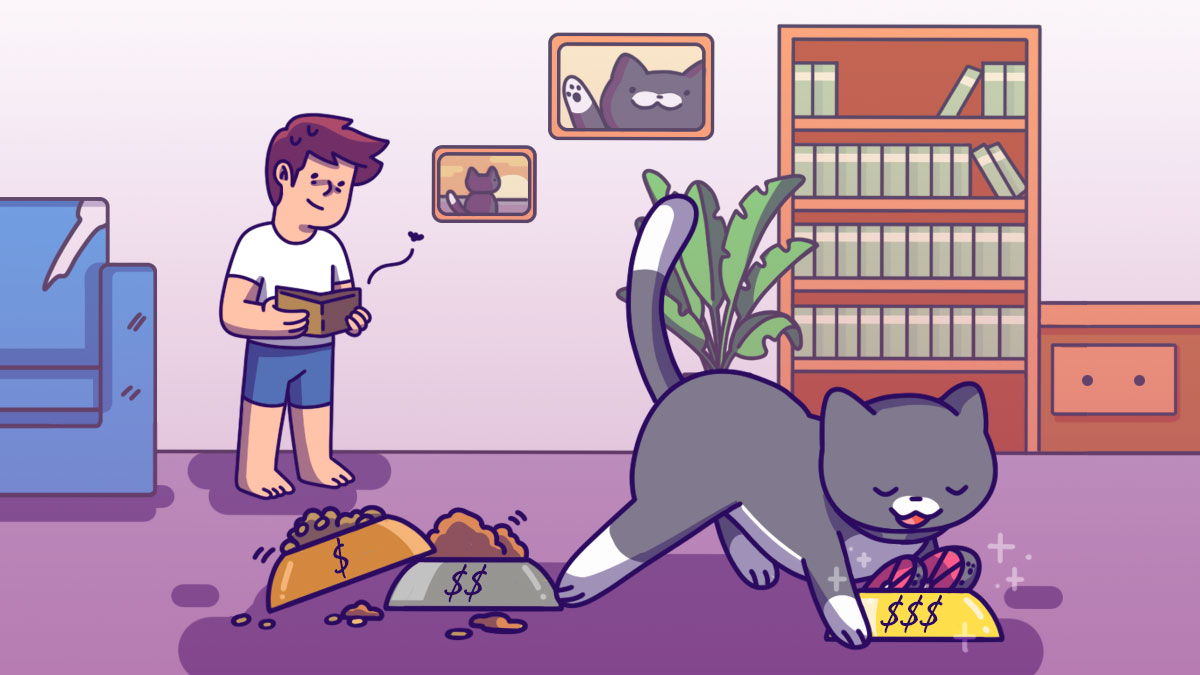
Zuhairie Sahrom spent two months researching for the perfect companion. Yet when his Sphynx cat Leyla arrived, he was unprepared for what was in store. “I have always wanted a Sphynx, so I researched different stores and owners looking for one,” he says.
But what he didn’t research was on how to raise a Sphynx. “It is so different from raising a normal cat. Sphynxes need so much more care than a regular cat,” he says.
Zuhairie explains that since six-year-old Leyla does not have fur, yet “loves to sunbathe under the sun”, he puts sunblock on her every day. He also bathes her with baby wash once a week and wipes her with wet wipes every day to keep her clean.
“I am also very particular about her food. I feel that if she eats well now, she will have less (medical) problems later on,” he shares, adding that he spends over RM150 a month on her food alone.
But Zuhairie believes that the amount of money spent on your pet depends on your budget. “You can choose to buy expensive toys or cheap ones; it’s up to you. For me, I always buy cheap toys because I know Leyla would destroy it,” he says.
The 34-year-old also points out the unforeseen costs – “Leyla has broken and spoilt so many things. I had a display cabinet with crystals that I had bought when I travelled to Egypt, a vase that I bought from a vintage store in Paris, and a tea set from Beijing. She knocked the whole shelf down,” he recalls.
“She is hyper and wants constant attention, which can be overwhelming at times. It is like having a kid,” says Zuhairie.
Cherry Wong knows the feeling. The 54-year-old, who shares her home with two Miniature Pinchers, considers her pets family.
“It is very stressful when they are ill. They can’t tell you what is wrong, so I would stay up all night caring for them,” says Cherry.
One of her dogs, Tinkerbell has gastric and is on regular, RM200-a-month gastric medication. Cherry also spends RM400 a month on food (dry and wet); RM60 a week on grooming fees; RM45 a month on probiotics, and RM90 every six months for their vaccination.
On top of that, as her two pups Tinkerbell,10, and Didi, 12, are on the older side, she is bracing herself for upcoming health issues in the years to come. “Both of them have enlarged hearts and while they are not on any medication now, they may need it later on,” she says.
Having raised many dogs before, Cherry is aware of the problems that may arise when dogs reach old age. “Most pets don’t have any problems until the last mile,” she says, adding that the saddest part is when you lose a pet.
But while it is heart-breaking when a pet passes away, having dogs has changed Cherry’s life for the better.
Firstly, it has helped her to be more responsible – “I have to feed them on time, if not, they would jump on my bed and (gently) smack me on my face to wake me when they are hungry”. But more than that, her dogs have helped Cherry cope emotionally: “They help me calm down, especially in the evenings. Sometimes, I don’t know who rescued who,” she says of her rescued dogs.
Are you ready to be a fur-parent?
The cost of having a pet differs significantly according to the location, type of pet, and individual circumstances of each pet.
And although having a fur-baby can be costly, with careful planning, it can be totally worthwhile. Just consider all factors before bringing one home. After all, you are committing yourself to caring for another being for the next 10 years.





